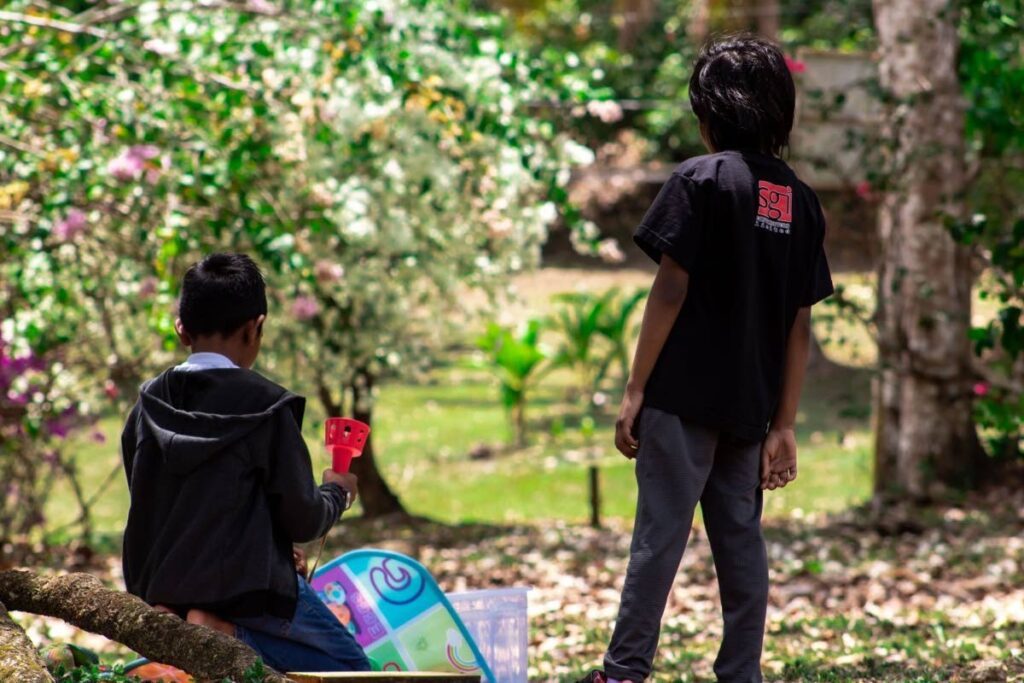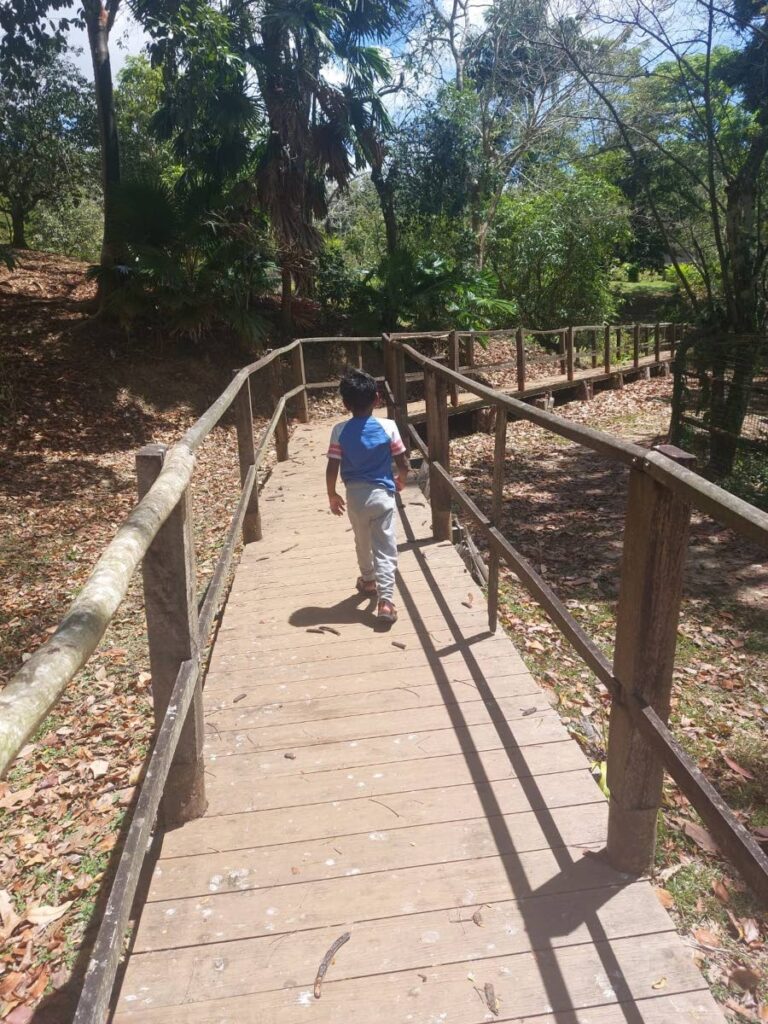Safety and the autistic child

DR RADICA MAHASE
In July this year, five-year-old Jenysa Alleyne wandered away from her home.
Jenysa was diagnosed with autism at three and is non-verbal, and thus unable to call for help.
She was found by the Hunters Search and Rescue team 12 hours after she had been swept away in the Carapal river.
While statistics are lacking for Trinidad and Tobago, the National Autism Association in the US noted that approximately 48 per cent of children with autism elope (wander/run away) from a safe environment. Of this number, more than one third are unable to communicate their name, address, or phone number.
Sadly, between 2009-2011, “accidental drowning accounted for 91 per cent total US deaths reported in children with an ASD, ages 14 and younger subsequent to wandering/elopement.”
Safety is an area of major concern for both children and adults who have been diagnosed with autism spectrum disorder. Many simply do not understand danger and cannot recognise risky situations.
Children especially are attracted to water, but do not understand the danger of going into open bodies of water. In cases where they are non-verbal, they might not be able to communicate with people who do not know them.
Also, many people on the spectrum are unable to read people's behaviour and understand other people’s intentions. Thus they are more susceptible to abuse.
What can be done to ensure the safety of children and adults on the autism spectrum?
Just thinking about safeguarding a child or an adult with autism can seem overwhelming.
One idea is to strategise and plan according to the space. Let us start with the home – the idea is to "autism-proof" your home.
This means getting rid of clutter and putting away things that they can use to harm themselves such as sharp objects. Cover electrical outlets and make sure doors to go outside can be locked properly.
I have come across many cases of children who have had meltdowns and broken televisions, computers and tablets, so make sure these are secured – mount televisions on a height, put tablets in hard cases.
Many times, teenage boys and young male adults become aggressive when having meltdowns and they might push, pull and throw items, so it is always a good idea to secure furniture and remove glass and other fragile items which can harm them, if tampered with.

The second space is the school. Schools should be properly fenced. Last year, one parent said, her five-year-old son ran out of his school into the road on two occasions.
The school was fenced, but the gate could be opened easily, and after the first incident the administration promised to keep it always locked, but this was not the case.
When searching for a school for your child, make sure that it is properly blocked off and there is a proper security system in place: maybe a security guard on duty during school hours.
Have a conversation with the administration on security protocol for the school. If your child is already in school and security was not something that you paid attention to, it is never too late find out what arrangements the school has in place.
Generally, it is a good idea to teach your child about safety using videos and other visual aids and give them a chance to practise it as much as possible. For example, use videos to teach your child about road safety and then take them out on the road to practise/reinforce what they have learnt.
When attending events in public spaces, keep tags with their name, contact number, etc, on their persons (in pockets, pinned on their clothes, in necklaces if they will wear those). These will be useful especially if your child is non-verbal.
Given the high incidence of physical and sexual abuse of children, it is very important to know who is spending time with your children. Trust your children – even those who are non-verbal will try to communicate with you when they do not want to be around certain individuals. I know from experience that parents and caregivers usually understand their children and find ways to communicate with them even when they are non-verbal. Monitor them carefully, look for changes in behaviour and changes in how they react to the people around them.
Safety in public places might be a little more challenging, but ultimately it is up to parents/caregivers to understand what their children can and cannot handle.
Is my child comfortable in a noisy space? A child might be more inclined to walk away from an uncomfortable environment.
Do I have a proper plan in place for monitoring my child when we are out in public or when he/she is at home? Many families opt for security cameras and alarms to prevent children from wandering off.
Ultimately it comes down to planning and putting things in place.
People with autism might exhibit certain traits that make it more difficult for them to understand danger and read their environment, but proper planning will help to lower the risks of harm.
Radica Mahase is the founder/director of Support Autism T&T


Comments
"Safety and the autistic child"